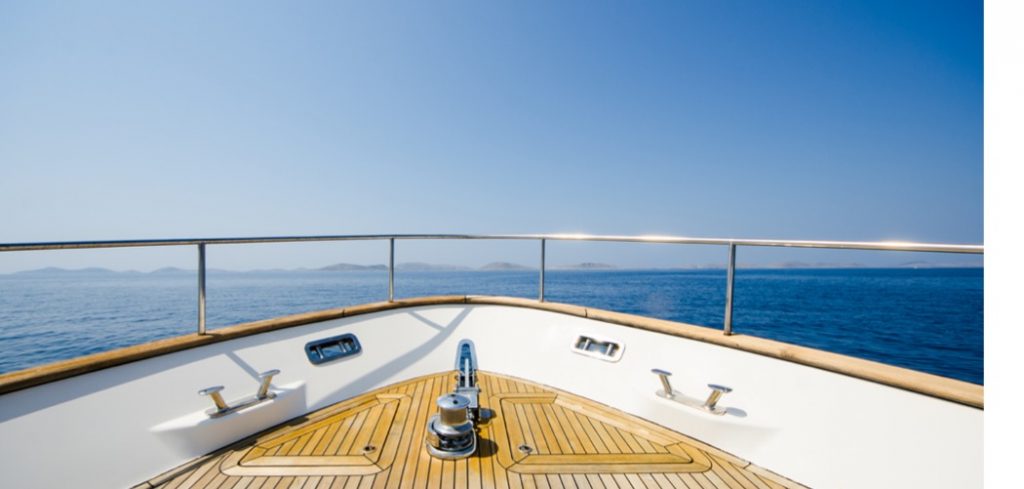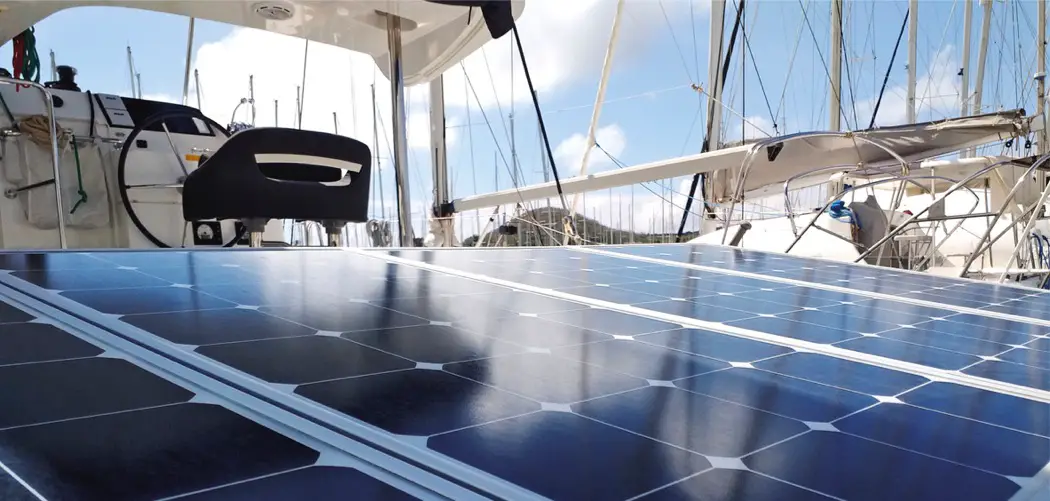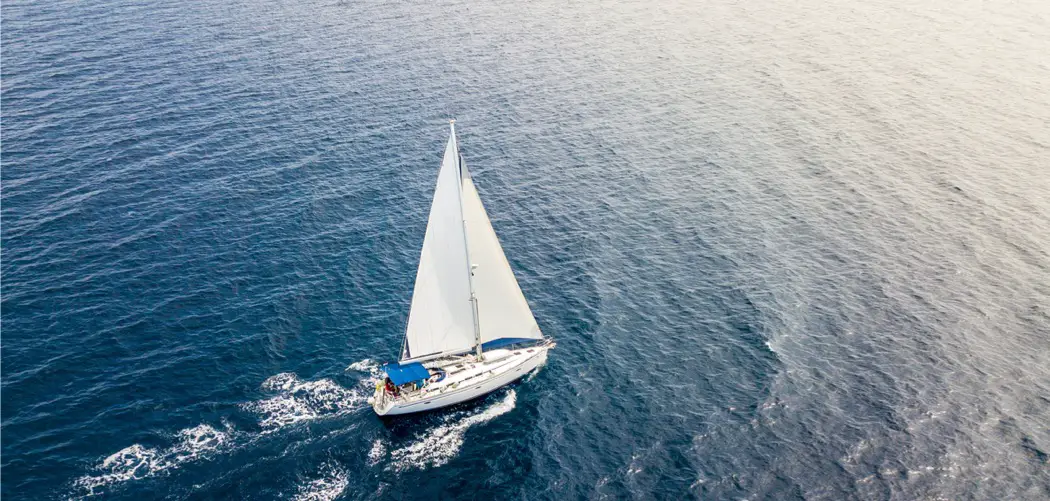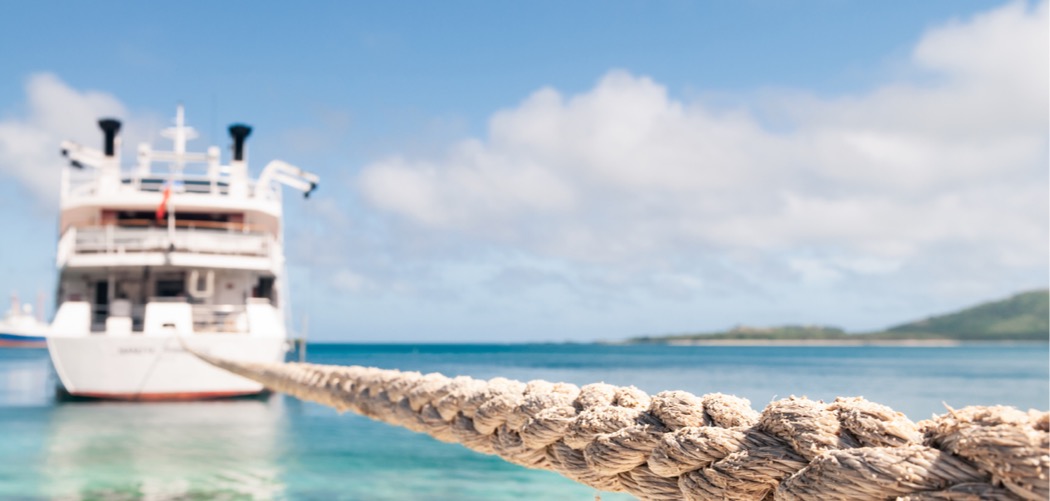When you’re out on open water, there are things on your boat that need power but this means having a connection to electricity. Of course, unlike on land, there aren’t any mains lines and so you need to be more creative about how you generate your power.
While it might be easy to think that this was no mean feat, generating electricity on your boat isn’t as difficult as it might first seem. In this guide, we are going to be looking at the various options of how boats can generate electricity.
Table of Contents
Why You Need Electricity On Your Boat
Even the act of starting your boat engine requires electricity but other things such as the lights, safety equipment and any other powered items you have on board need this energy. You might have things like a fridge, a TV, a navigation system. Most will, particularly ones that have an engine, will have electricity.
That said, there are some smaller boats that do not have an engine that are unable to produce power. In this case, you’ll need an alternative method and we will look at some of these in more detail later on.
A boat runs on a 12 volt system which means that you cannot use the same appliances that you would use in your home. The only exception to this is when you are connected to power on shore or if an inverter has been installed. In this case, the system will be able to produce AC power which is the same type of power created in your home and so you will be able to use your regular appliances. It is important to keep in mind that when doing this, your boat’s battery will drain more quickly.
It’s far preferable to select one of the many 12 volt appliances that are designed for use on a boat. You can get everything from radios to fridges and lighting solutions.
Different Ways That Boats Can Generate Electricity
The Alternator
A boat that has an engine is able to produce electricity if it is used in combination with an alternator. This device is able to turn mechanical energy into the type of power you need; electricity. It’s essential if you want to keep the boat’s batteries charged.
A lot of people favour this method as it is widely considered to be the fastest and most convenient way of getting power. Not to mention how reliable it is. It’s a great solution for boats that consume a lot of power or that have very demanding appliances on board. However, in some cases, you may need to install a larger alternator to meet your needs.
Solar Panels
Solar panels are a great way of creating energy without doing any harm to the environment which is why a lot of people favour them. However, you must have the available space on your boat to install them as they can be quite large. That said, there are solar panels that can be easily removed as you require which is more practical than a fixed panel, especially on smaller boats.
The bigger the solar panel, the more power you will be able to generate. Of course, the amount of power you create will also be determined by the amount of sunlight and how the panels are positioned to make the most of this.
Once you have installed solar panels, any electricity you generate from here on in is totally free so while they may be an investment to start with, there’s no running costs like there would be with a fuel powered generator. They also produce no noise so you can still enjoy the tranquility of being on the water.
A wind turbine uses an alternator to convert the wind into electricity. This is a great method for use on a boat as you can install the wind turbine on a gantry or mast without it taking up too much space. That is, unless you’re on a very small boat, in which case, it might be too cumbersome.
You’ll need to consider the wind speed and most wind turbines will require at least six knots before they’ll start up but this does depend on how many blades there are. But once they get going, you can expect to produce anywhere between 60 and 400 watts of power. Plus they’re great for the environment and easy to use.
The only real issue is that a wind turbine can be noisy so if you’re looking for a peaceful outing then it might not be right for you. You should also consider that, if the wind dies down, you aren’t going to have power so you will need a backup source.
Wind Turbines
A wind turbine uses an alternator to convert the wind into electricity. This is a great method for use on a boat as you can install the wind turbine on a gantry or mast without it taking up too much space. That is, unless you’re on a very small boat, in which case, it might be too cumbersome.
You’ll need to consider the wind speed and most wind turbines will require at least six knots before they’ll start up but this does depend on how many blades there are. But once they get going, you can expect to produce anywhere between 60 and 400 watts of power. Plus they’re great for the environment and easy to use.
The only real issue is that a wind turbine can be noisy so if you’re looking for a peaceful outing then it might not be right for you. You should also consider that, if the wind dies down, you aren’t going to have power so you will need a backup source.
Hydro Generators
A hydro generator, as its name may suggest, is powered by water. Since you’re on a boat, there’s no shortage of this! They also use an alternator to convert the flow of the water into electricity. This type of generator features a propeller that sits under the water and uses the movement of the boat to create the power. The only major problem with having this installed is that, when sailing, it can create a bit of drag. But you must consider that, while moving, you’re killing two birds with one stone and creating energy as well as getting to where you need to be.
What’s also great about this option is that it doesn’t take up any deck space so is ideal for smaller boats. It’s also a very environmentally friendly option. But you might not be able to generate as much power as a wind turbine, since the hydro generator will only produce up to 60 watts.
If you’re operating a much larger boat then you might find that you require a generator which creates power for any equipment you have on board. This is important if you have a lot of energy hungry appliances such as a fridge or TV.
Generator Set
The generator works on a combustion engine which drives the alternator so you must keep in mind that it will require fuel to work. That isn’t the most affordable option, nor is it great for the environment but for big boats, it’s often the only real option. Anything over 10 metres would benefit from this reliable and speedy source of power.
Conclusion
There are many ways of generating power while on your boat and this is essential to ensure that electrically powered appliances run well. Some options are ideal for more demanding situations but may not be as good for the environment whereas things like wind power and solar panels offer an eco-friendly solution but may not deliver quite as much energy as you need.




